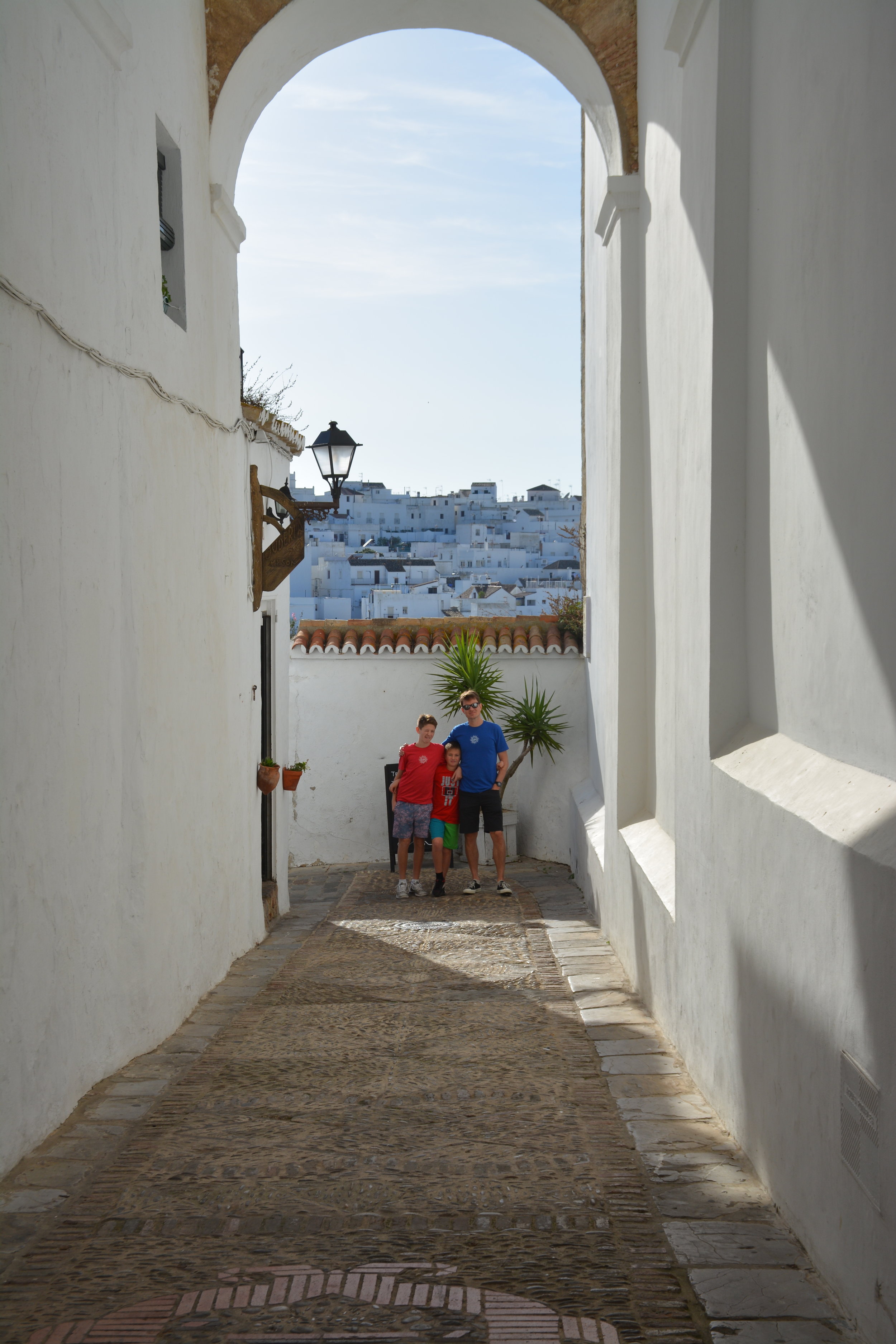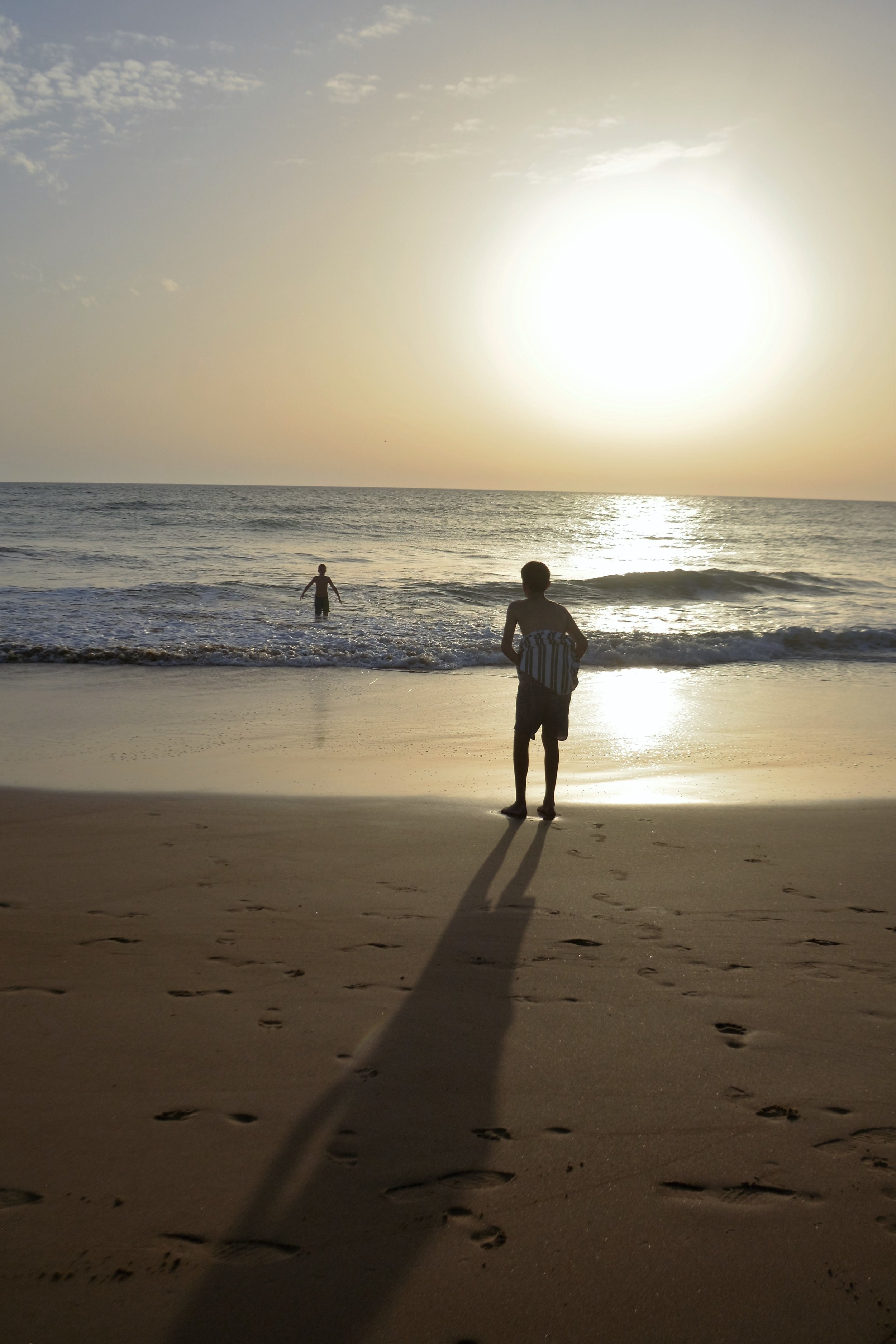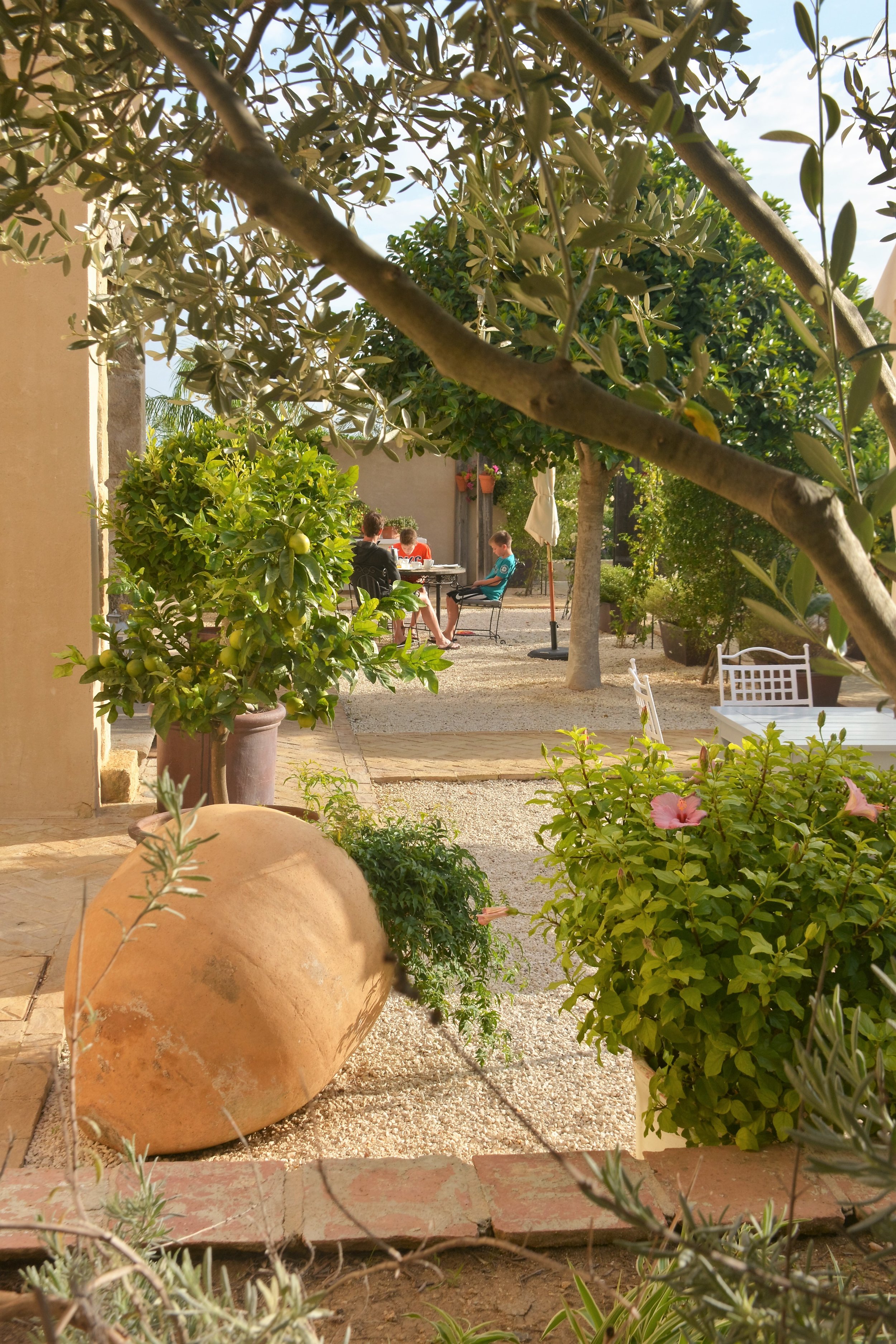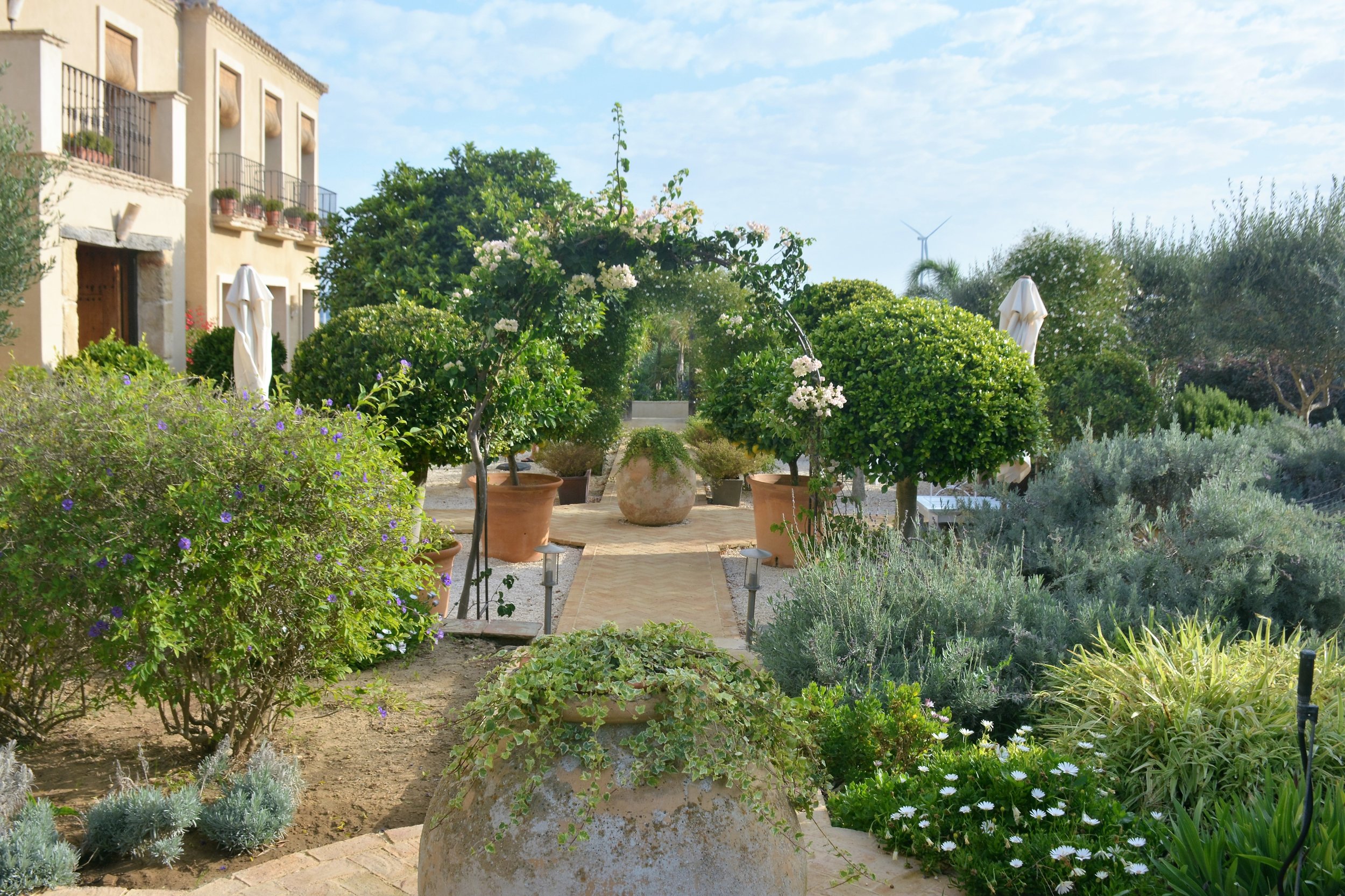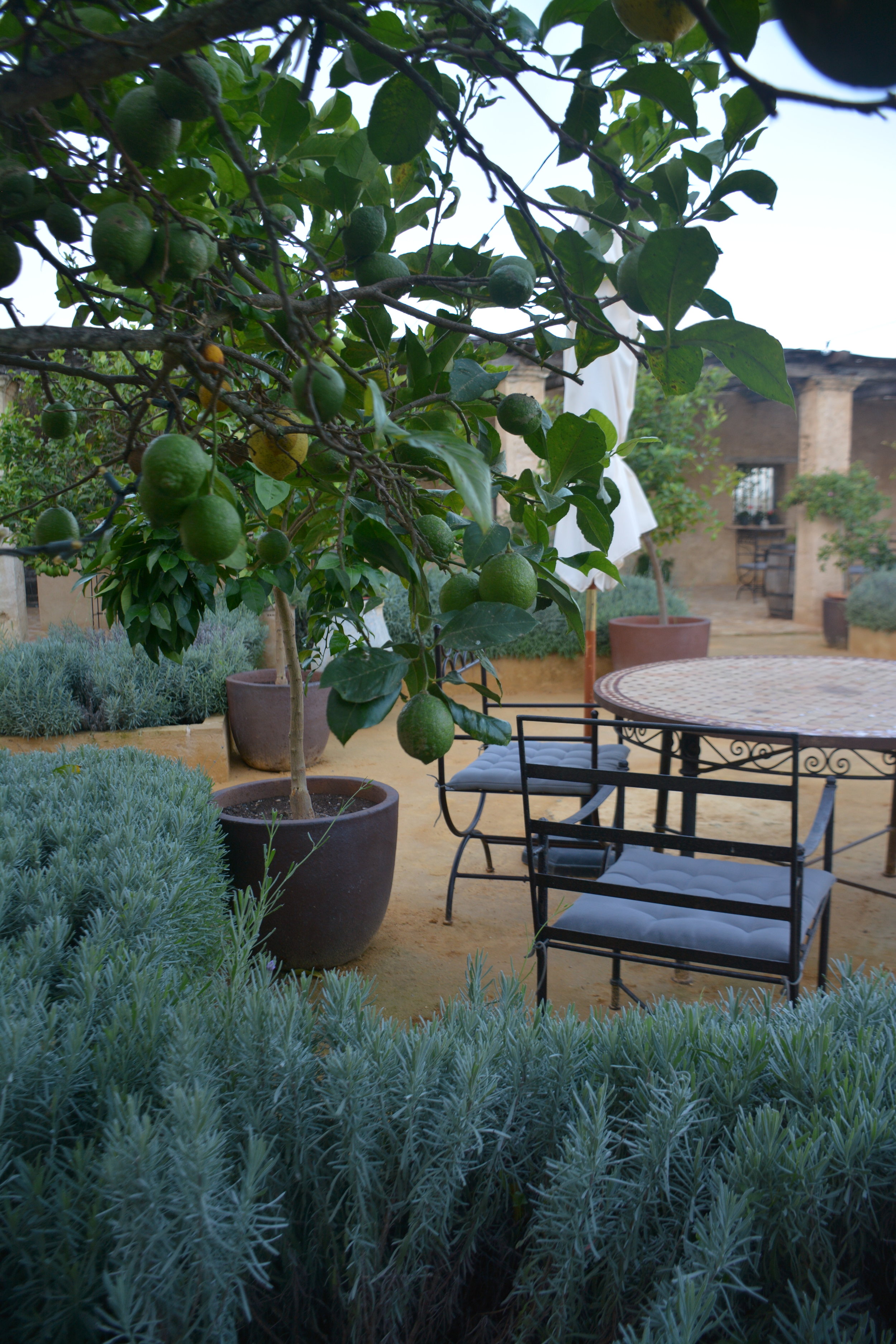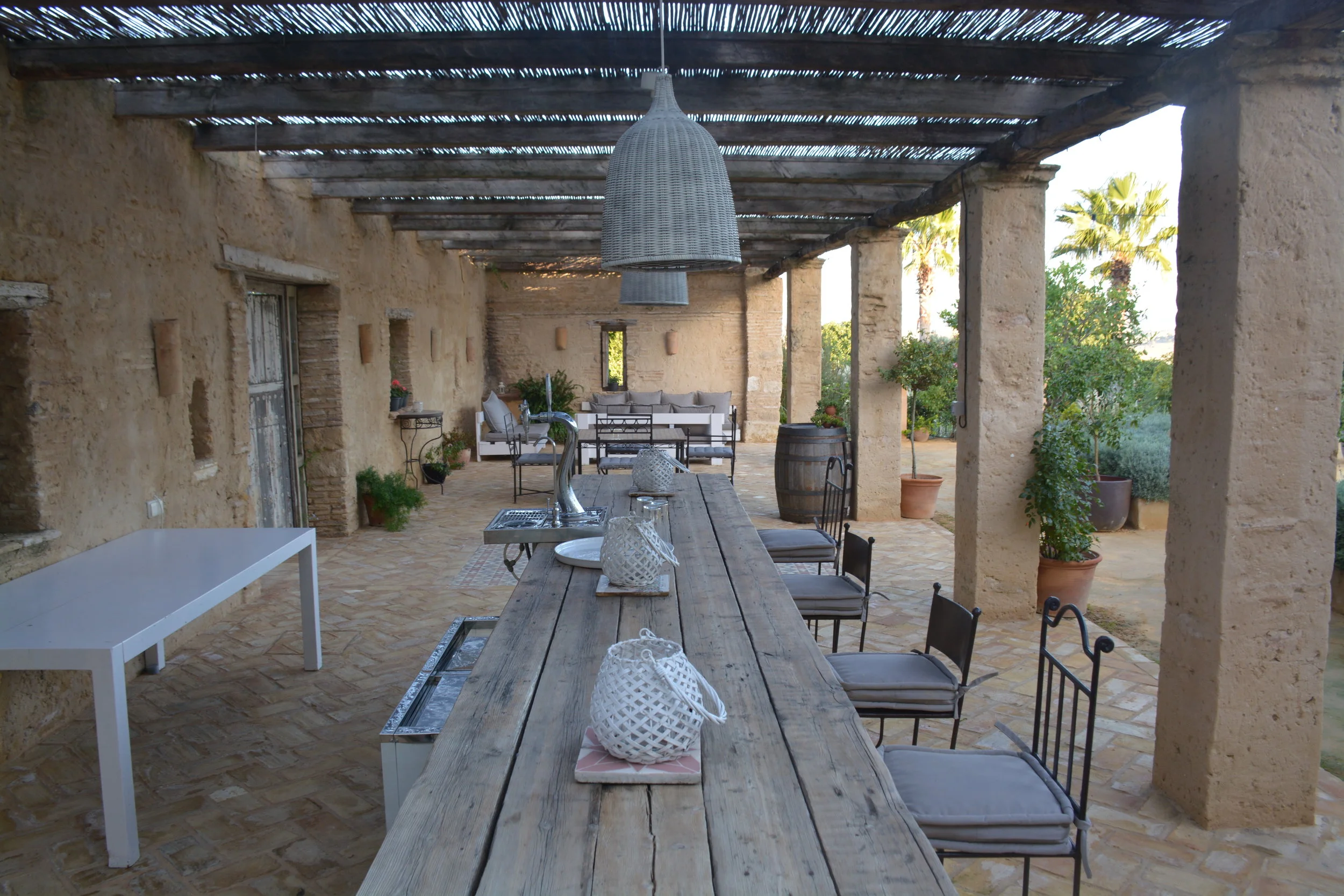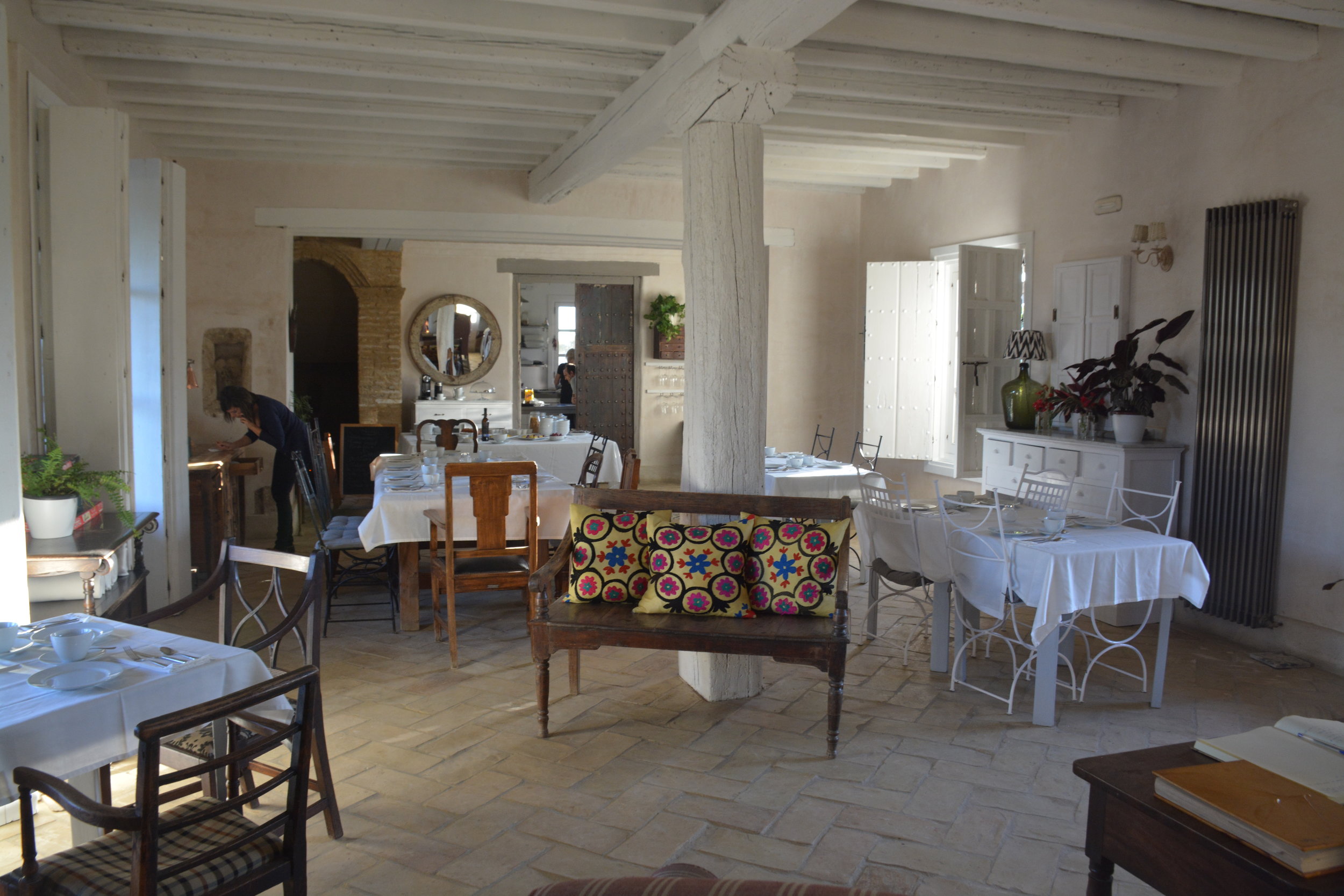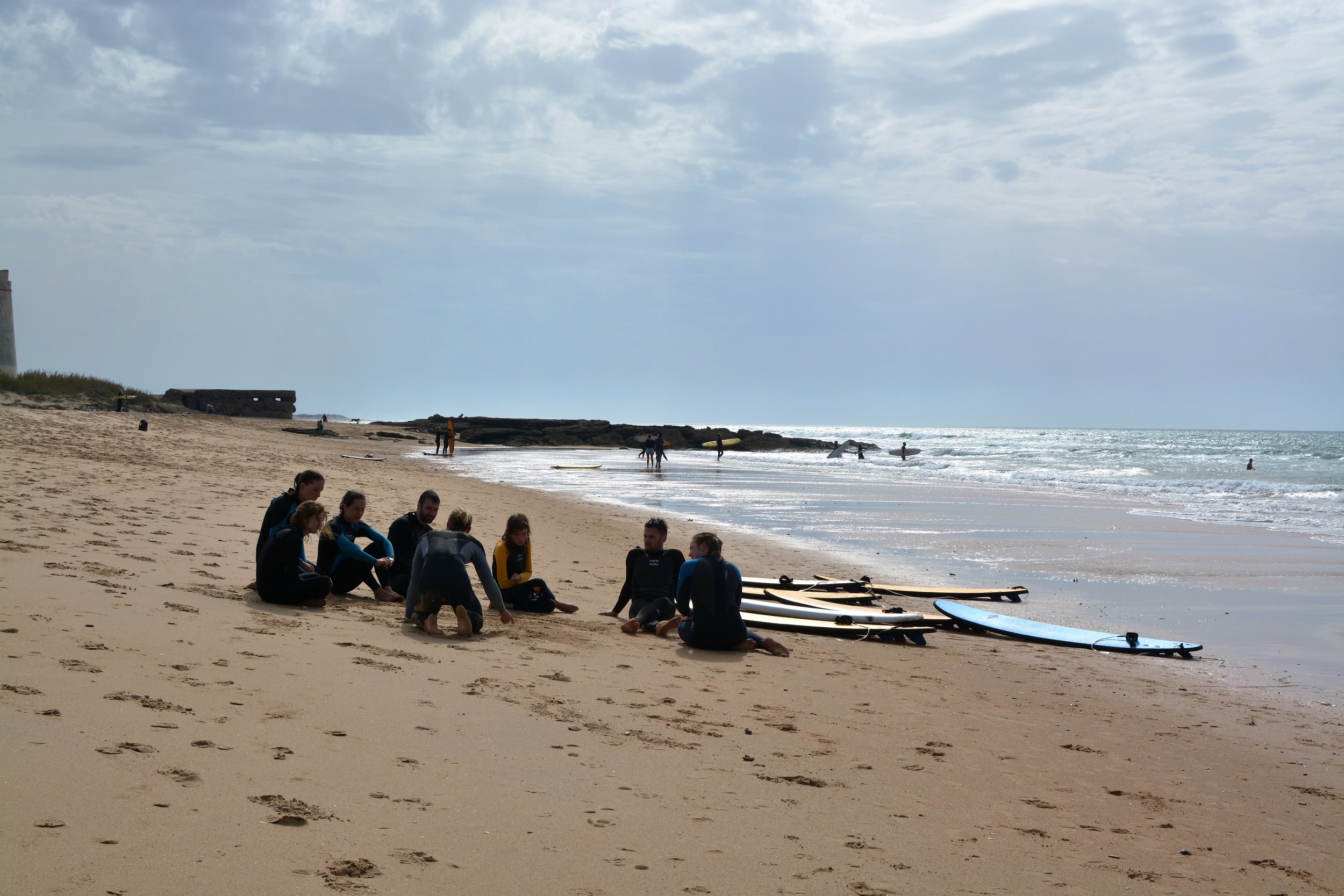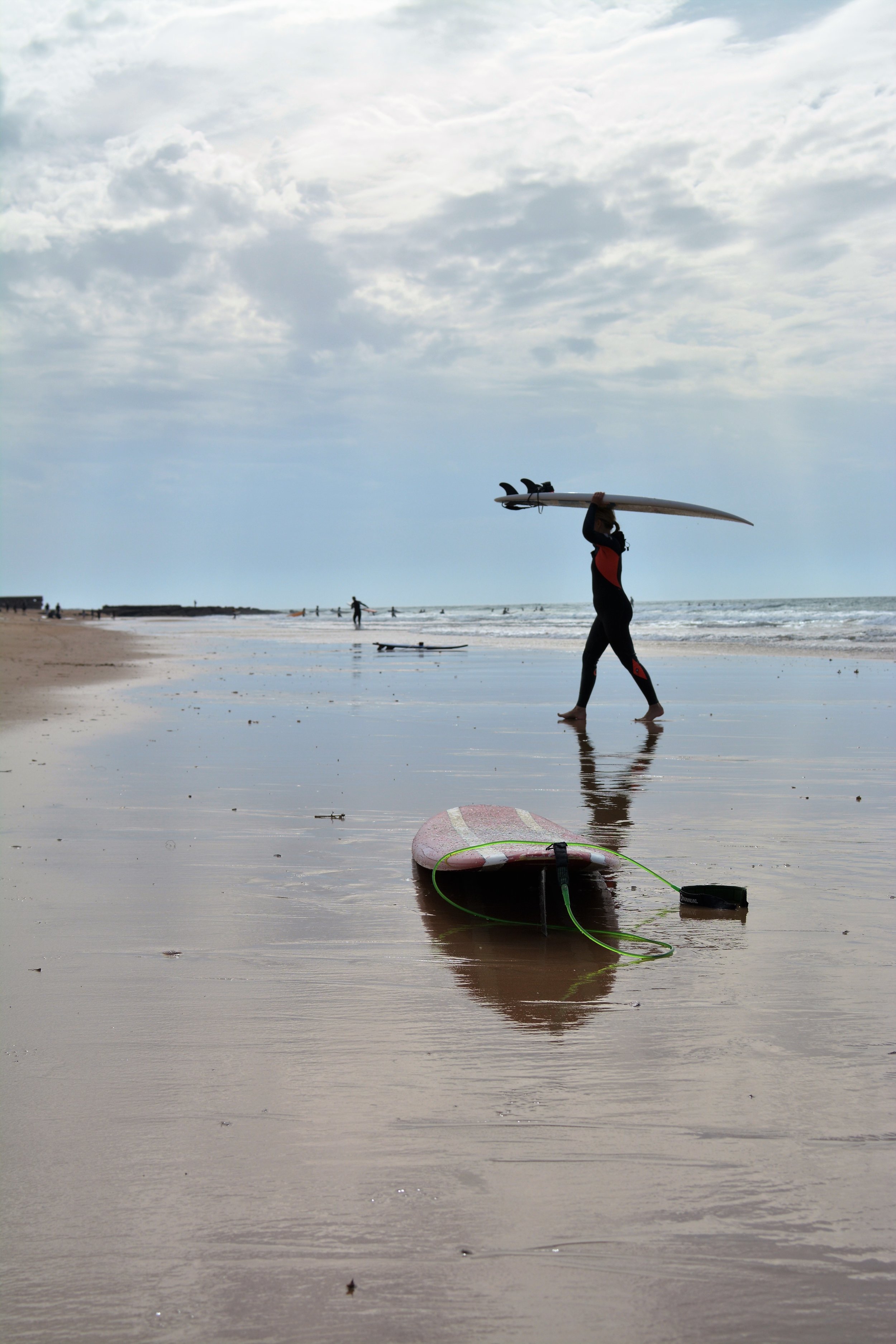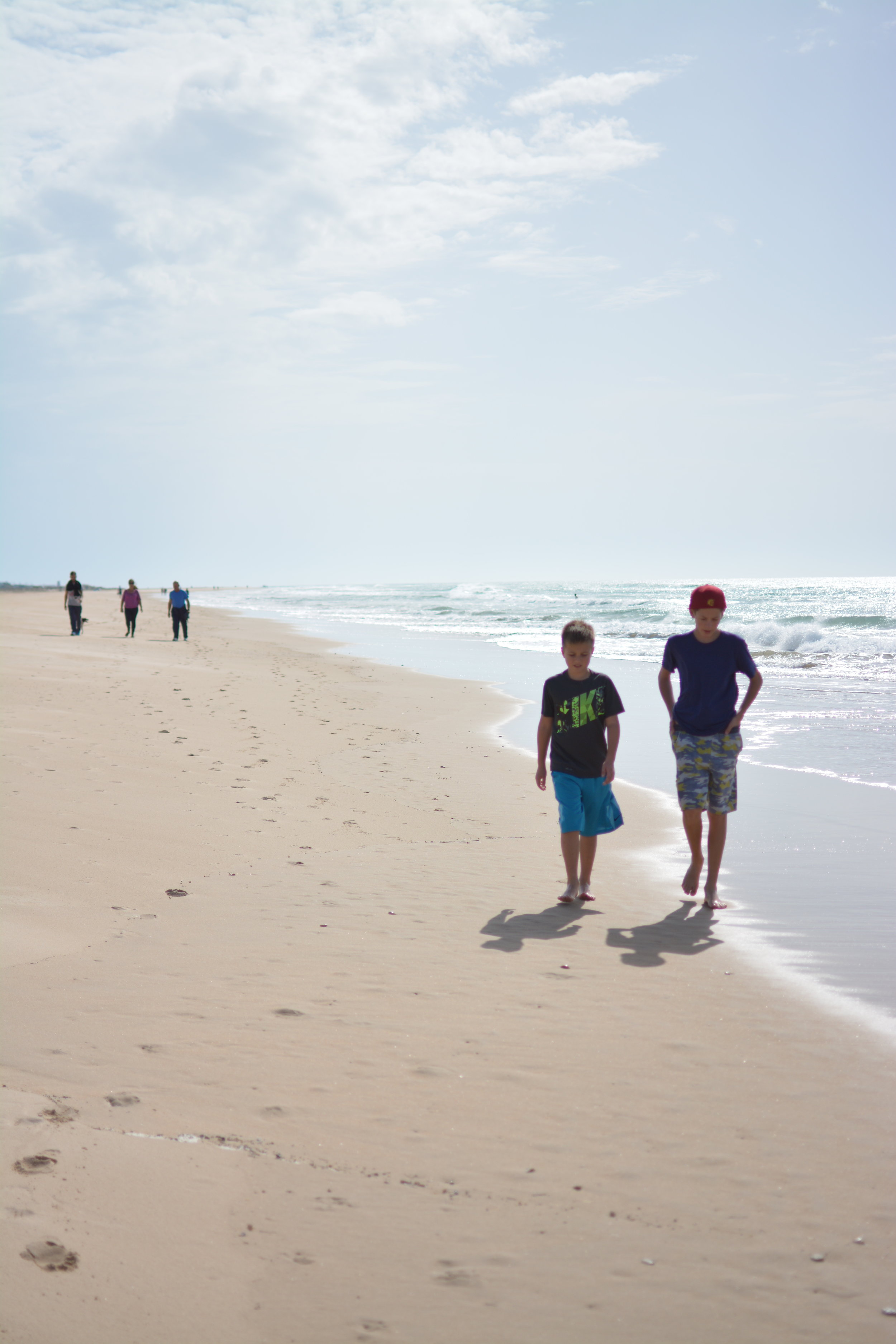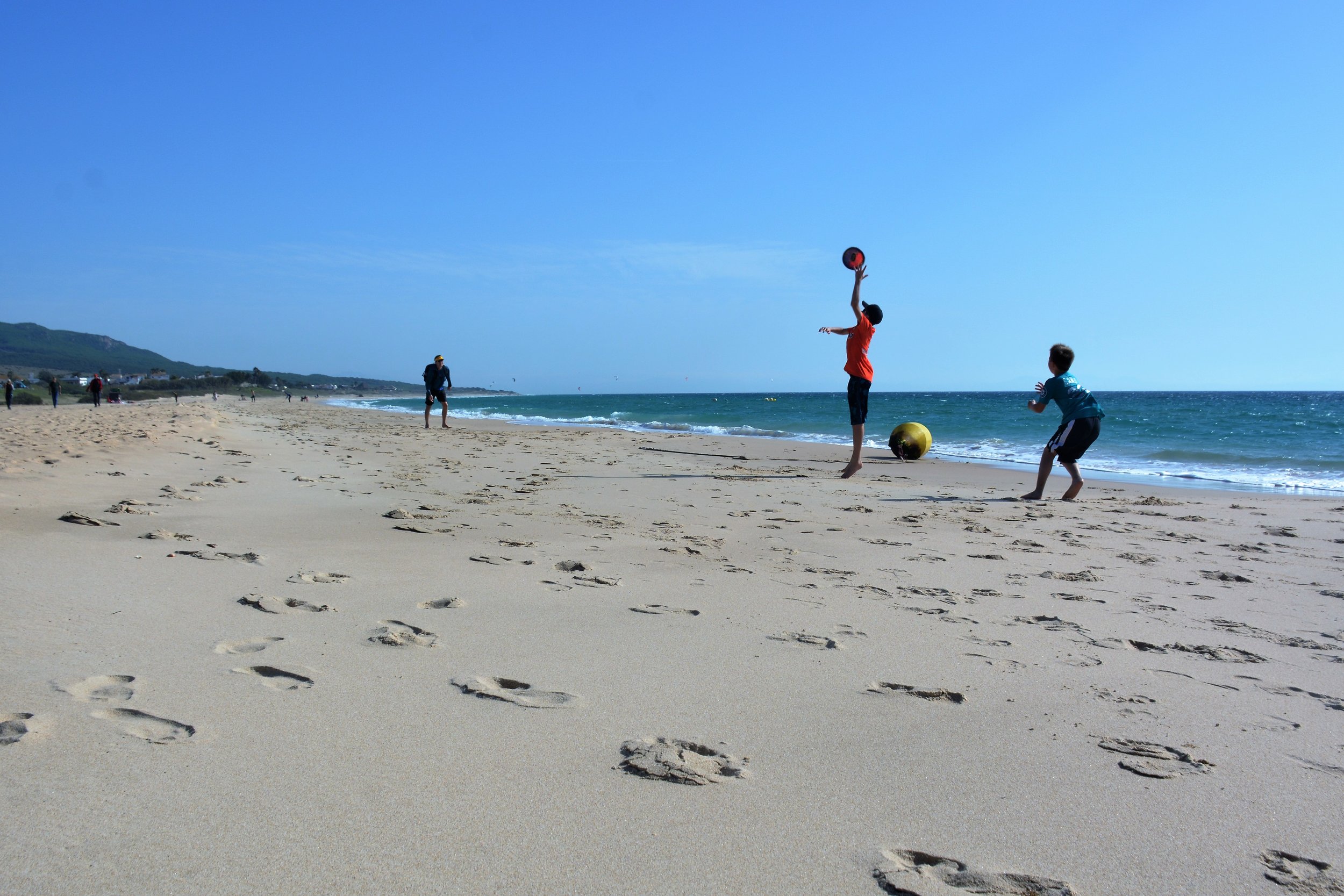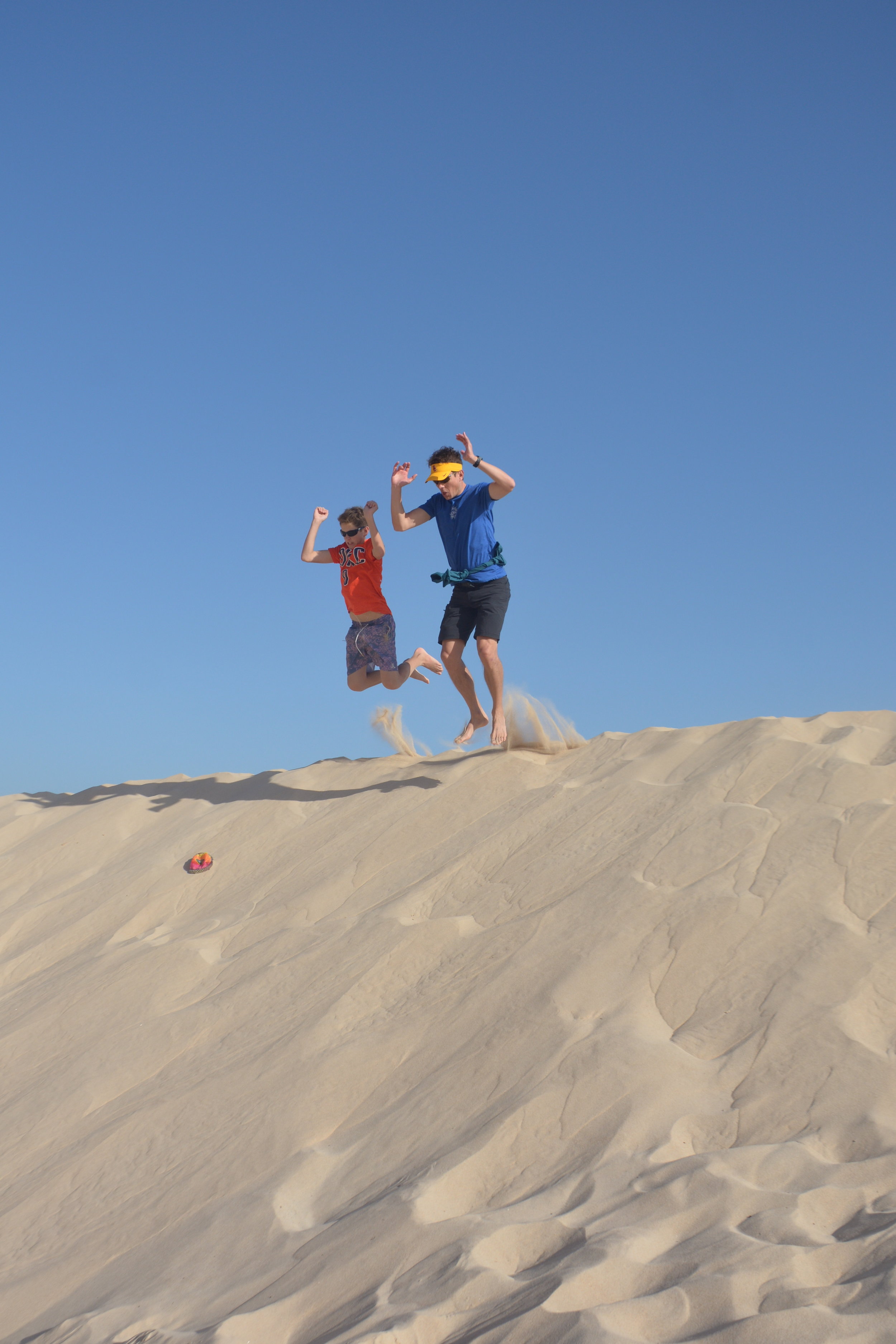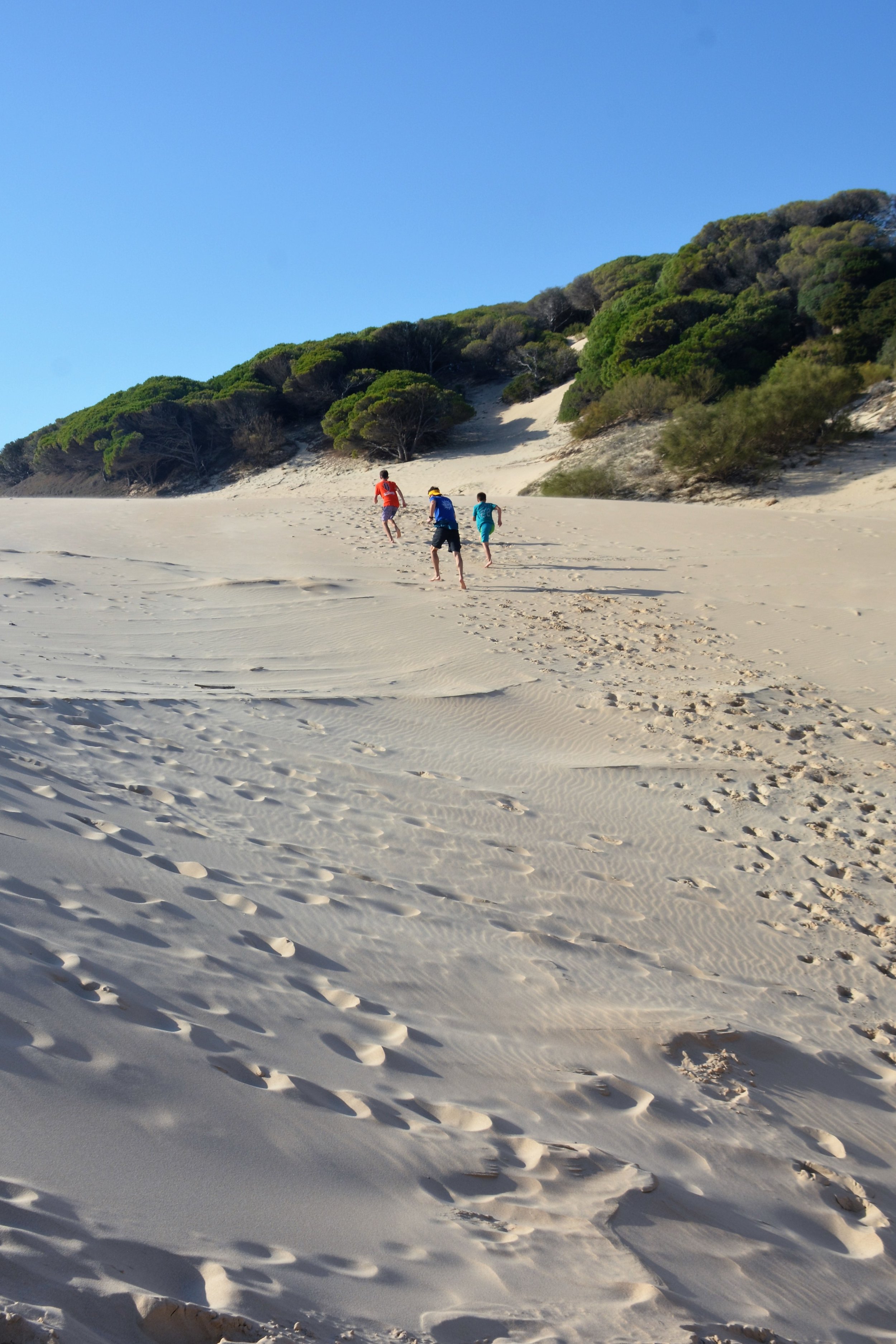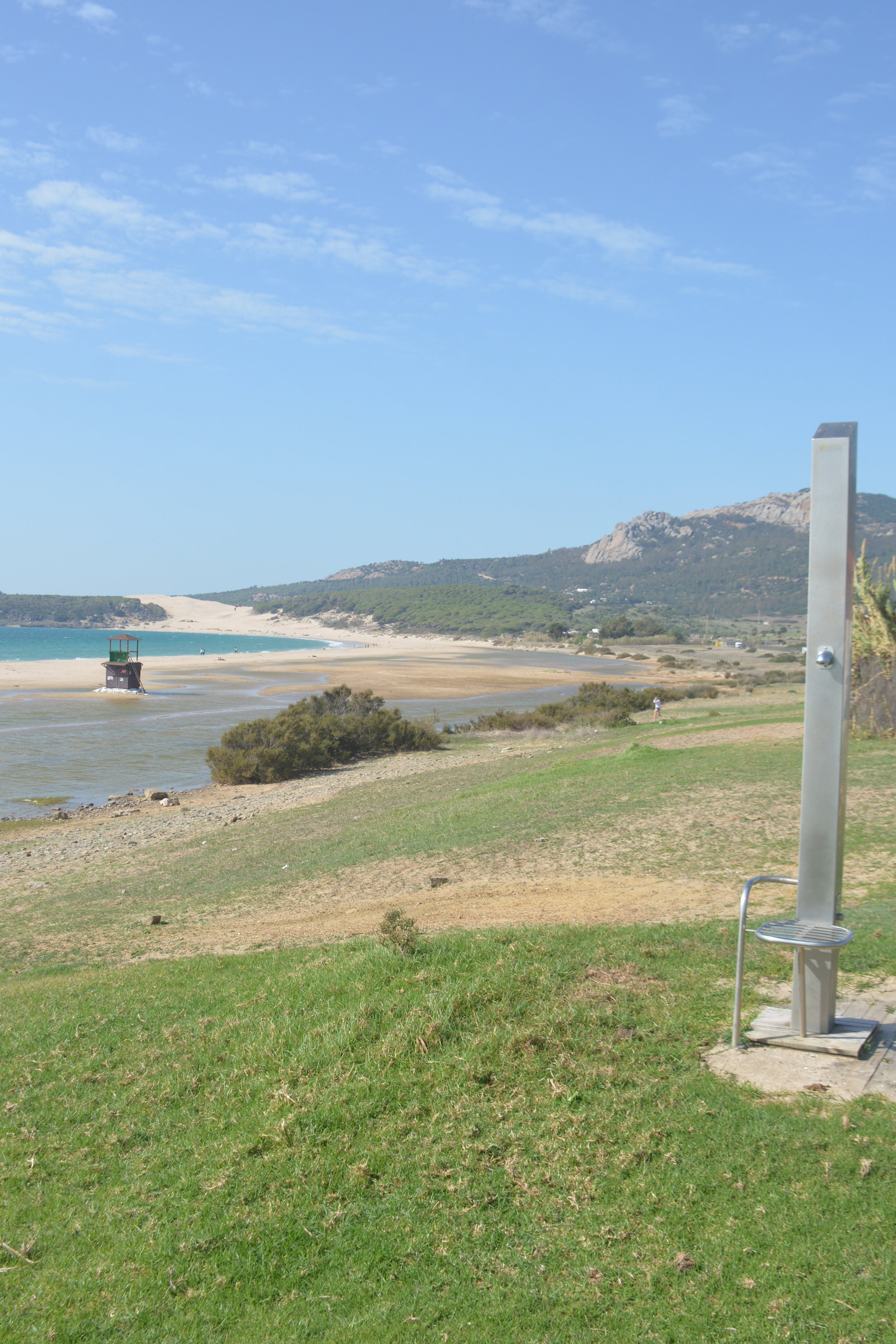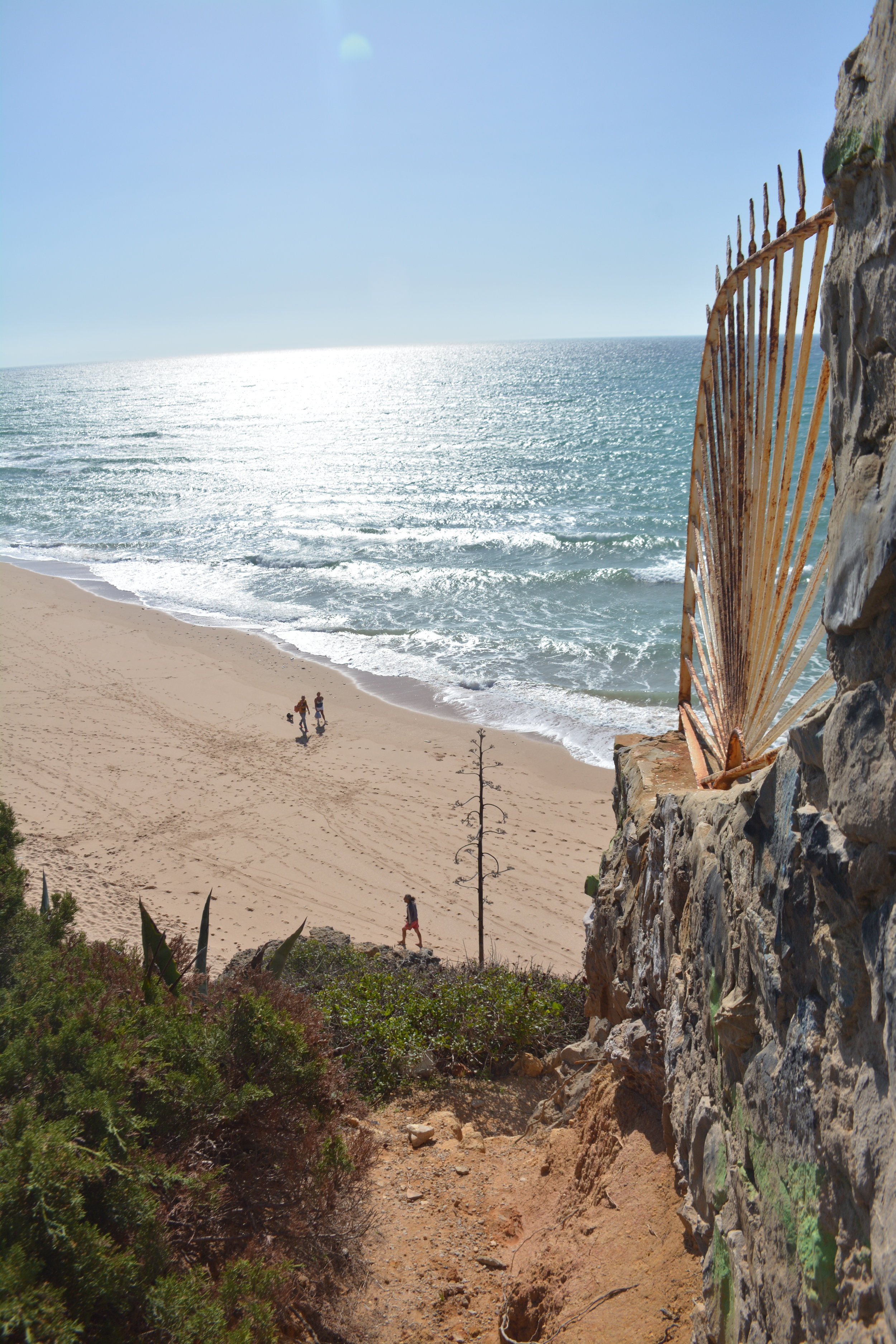Life in a new city, where people may know your name but nobody knows your maiden name, can be lonely. When every interaction you have is with someone you’ve only had a few previous interactions with, it can feel a bit like an endless audition where you are waiting for a call back. And really who of us wants to be auditioning during perimenopause, which if spoken out loud is as good as labeling yourself not just hormonal but also a hypochondriac. You sometimes just want the ease of being around someone who already knows your kids names (and loveable quirks and yours too) and knows the way to be a forever friend is through a competitive game of ping pong (where I win, but it’s close.)
The process of making all new friends simply takes time and that time is further protracted when you live in a big city like London. Spending 3.5 hours of transit time like I did recently so your kid can have a 4 hour playdate with a new friend demonstrates the hard realities of navigating new friendship in a big city. You want to say "yes" to every invitation but you'd also like to make it home by dinner. It’s a known downside to this otherwise exciting life. This is one of those weeks where I’ve felt it more than others. I know I will “get there” with some of the wonderfully warm people I’ve already met (and more still to meet) but it’s not like college (or even a small community like Luxembourg) where insta-friendship develops because you’re all in the same boat together.
My feeling of impatience this week probably has something to do with my husband being gone for 8 days sending gorgeous pictures from Tokyo and having spent time with an old friend who knew me when … back when I used to see the world in mostly black and white and who understands and shares the world I now see in more color.
Common wisdom teaches us that gratitude is good for our mental and physical health. It has helped this week. Normally we practice gratitude as a transactional checklist of things to be thankful for but this week there have been two things that keep bubbling to the surface, providing a kind of extended release of gratitude. Better than any endorphin surge after a long run or sip of perfectly crisp Sauvignon Blanc.
The first thing that happened this week was when I was working at the homeless Shelter. The woman who runs the Shelter asked me if I wouldn’t mind popping upstairs to where they distribute clothing to see if there was an extra backpack. She wanted to give the backpack to a young, immigrant woman who was new to the shelter and carrying several plastic bags. As I don’t normally do the clothing, I had to be directed where to go. Upstairs they take guests one at a time every Wednesday, Friday, and Saturday to fit them for up to three new articles of clothing. When I got upstairs, they were just finishing up with an older gentleman guest who I knew from the breakfast line. He was beaming as the proud owner of a new suit, one to replace the ratty sport coat he had on and to keep company with his worn-out fedora. As I watched the volunteer neatly putting the suit back in its protective cover while another volunteer went in search of a backpack, I recognized the Nordstrom label on the cover. It was my husband’s suit. I had brought it in weeks before. Of all the Wednesdays, Fridays and Saturdays, I was summoned to bear witness at the exact moment where my husband’s simple act of giving joined with real, heart-pumping, human need. It sent a shiver up my spine.
And then …I returned downstairs with a small, very dingy backpack. In route to deliver the backpack to the young, immigrant woman I was stopped by one of the regular guests – an English woman who has been on the streets awhile and who fills a space with her loud and occasionally combative personality. She looked at the small backpack and the young woman’s overflowing plastic bags and led me to where she was sitting. There I watched her empty her much larger, much newer backpack and put her stuff into the too small, soiled backpack and told me to give the woman her backpack instead: “It’s an Adidas backpack! It has much more room for her.” This time I was bearing witness to a more costly act of giving, done without a flicker of hesitation. The young woman’s need was greater than her own and so she did what she could. As the middle woman, I wasn’t even one of the actors in this story and yet this story keeps filling me up and quietly asking me if I am doing all that I can.
The second thing that happened this week was getting a text from my 14 year old son. He’s been charting out routes on the Tube and photographing new stops as a kind of hobby. As most of our text communication is short and informational, it was the length of the text that first got my attention. Knowing that this was the same child who not so long ago had bouts of anxiety, it was the content of his text that keeps filling me up. Here’s what he texted: “I’ve never been more happy and relaxed in my life, I’m sitting down on a bench in the bright sun at Cockfosters station at the end of the Piccadilly line. I’m watching trains arrive and depart and there’s not a soul around plus not another hour or so until my practice. Also got 4 new stops, loving it!”
I’ve read his text several times this week. As most of us parents do, we wish not just for our children’s happiness but that they are able to find deep contentedness. Part of that journey toward a contentedness that isn't tied to accomplishment or experiences is learning how to be “alone in the bright sun without a soul around.“ Which is, interestingly enough, where this post started.
Our kids can be our best teachers. So can bearing witness as a middle woman or man. I have this feeling that maybe I haven’t been doing all that I can. Of course there is more I could be doing. Instead of waiting for a call back, I can make a call or send a text. This week I heard the Franciscan priest Richard Rohr say that he prays for one good humiliation a day so he can watch his reaction to it. Moving to a new city makes that prayer comes true without even having to pray it. So now that I am at the end of this week, I can say that I’ve had way more than 4 new interactions with people --and several well timed texts and calls even today -- and thanks to my son’s good advice, I am choosing to love it!




